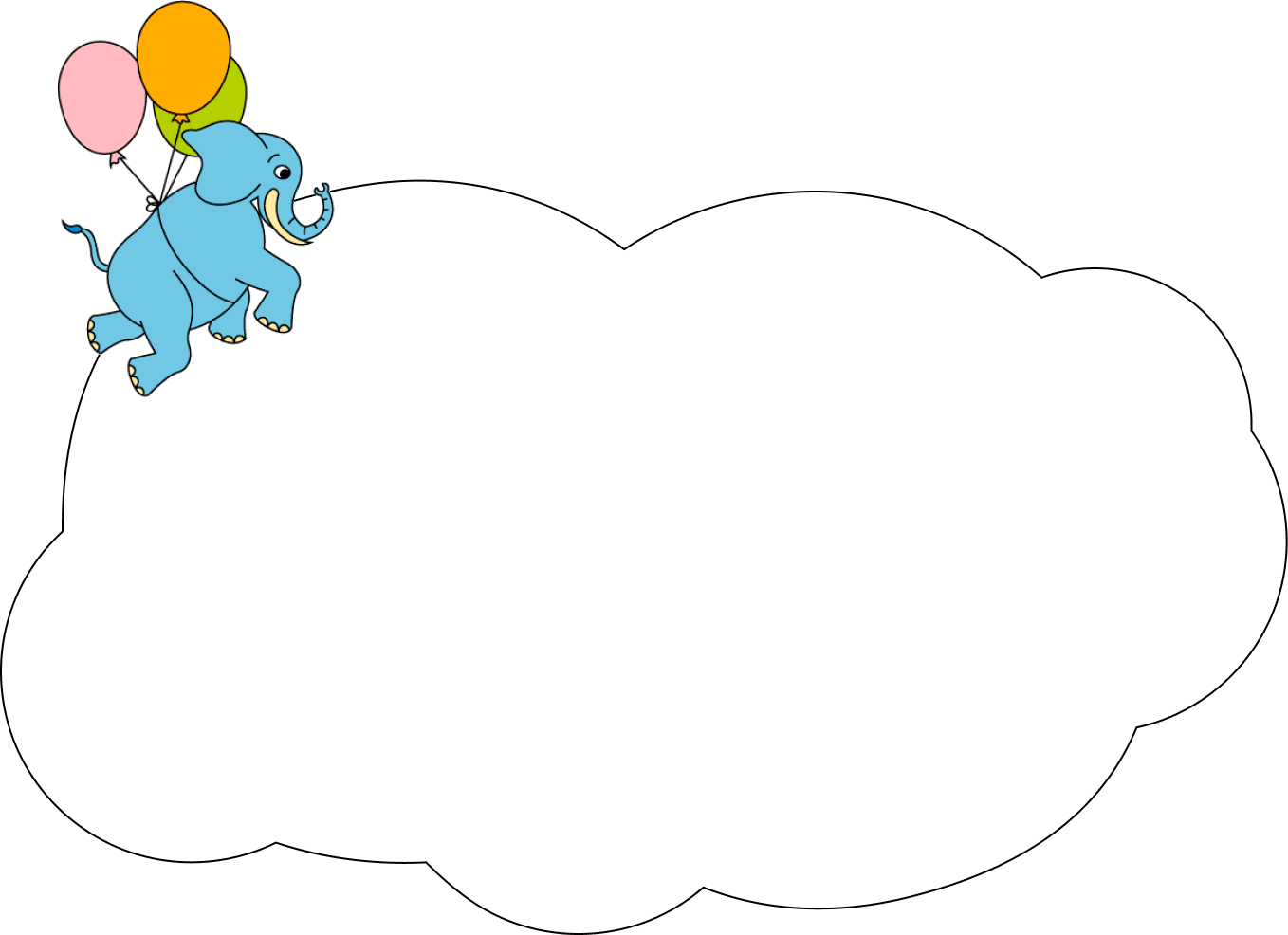What is the Carbonic Maceration coffee process?
Borrowed from the wine industry, carbonic maceration is the exciting coffee cherry fermentation technique that makes your beans taste even more fruity.
What is the Carbonic Maceration coffee process?
“[Carbonic Maceration] allows each grape to ferment individually, yet uniformly, without ever cracking open the skin.”
‘Carbonic maceration’—it’s a processing technique that sounds fancy (probably because we borrowed it from the wine trade!) but is a straightforward concept that has done the specialty coffee industry a world of good since it was first popularised back in 2015.
Coffees that undergo this processing are beloved for their unique yet distinct stone fruit and winey flavours.
To ensure you’re a pro at detecting the benefits of carbonic maceration coffee (and can impress your local barista with some newfound knowledge), we’ve broken down the process in detail below.
WHERE DID THE CARBONIC MACERATION PROCESS COME FROM?
World Barista Champion Saša Šestić is credited with bringing carbonic maceration-processed coffee to the forefront of the coffee industry’s collective consciousness when one such brew clinched him the championship back in 2015.
Going back further than that, you could also pinpoint the process’ origins in 1930s France, as Šestić originally found inspiration for their award-winning idea in the wine-making industry.
When it comes to wine, carbonic maceration is where a winemaker injects carbon dioxide (CO₂) into a sealed tank containing grapes, where the absence of oxygen (pushed out by the CO₂) allows each grape to ferment individually, yet uniformly, without ever cracking open the skin.
The carbon dioxide also causes a more efficient microbial metabolising (breaking down) of sugars and lower pH (acidity) in the fruit.
Flash forward to 2015 and Šestić took this method to famed Colombian producer Camilo Merizalde to see if it could be reworked for coffee. The fruits of this successful collaboration jump started a coffee trend that would continue to take the specialty coffee industry by storm a decade later.
CARBONIC MACERATION COFFEE PROCESS: A WALKTHROUGH GUIDE
In truth, the carbonic maceration process for coffee is very similar to wine; the main difference is coffee still goes through several more processes before it becomes the final product you pop into the espresso machine.
Whereas grapes after carbonic maceration are pressed to create wine, coffee still has to undergo pulping, washing (if the producer chooses to combine carbonic maceration with washed processing), drying and roasting before it reaches the consumer.
Straight after harvest, producers creating carbonic maceration-processed coffee will put their ripest whole cherries into special airtight containers attached to a CO₂ nozzle.
The containers are then filled with carbon dioxide. This rich CO₂ environment breaks down the sugars and pectins within the coffee cherry, allowing them to absorb better into the seeds (coffee beans).
Simultaneously, the tanks are kept in a consistent low-temperature environment to avoid the development of alcohol or acetic acid in the cherries.
Images courtesy of Barista Magazine.
Because all of this fermentation over time is happening within each cherry, all those delicious aromas and winey (red fruit) notes have nowhere to go except into the beans! All of this works to enhance and embolden the flavours and tannins already inherent to the coffee.
But if this process makes coffee so flavourful, why isn’t everyone doing it? Good question!
Timing, financing, and limited facilities are all major factors that steer many coffee producers away from this processing method. Alongside adding an additional 60 hours to the coffee post-harvest process, carbonic maceration requires substantial investment in CO₂ tanks, and ideally, an on-site quality control lab for cupping and testing.
While potentially offering a more controlled method of anaerobic fermentation in the long run, carbonic maceration is still quite experimental, and producers unfamiliar with the practice can find it quite risky to take on if the facilities to cup (trial and error until you get the process just right) aren’t already in place.
For these reasons, only select producers concentrated in South America are taking advantage of carbonic maceration.
ONE STEP FURTHER: FRUIT MACERATION
Given it was Šestić’s collaboration with Colombian producer Camilo Merizalde that first brought about carbonic maceration coffee processing, it seems fitting that fellow Colombian farmers Jairo and Carlos Arcila are continuing that legacy with a few inventions of their own!
If you’ve ever wondered how we got fan-favourites like the Lollipop Box drip coffee bags to taste like strawberry, rose, red berry, apple, and blackberry, the answer is fruit maceration (the new shiny cousin of carbonic maceration)!
Here's the Arcila family’s thought process: if a CO₂ environment allows the coffee to absorb its own sugars and aromas better, what’s to say it won’t absorb the flavours of other fruits also placed inside the tank?
With four decades of experience on hand and multiple farms where they could experiment, the Arcila family was perfectly placed to bring this new idea to life.
The first experiments began in 2016, where he began with mandarin peels (not fruits to keep the tank environment as dry as possible), placing them in the tanks along with the cherries for 48 hours before natural processing.
After that was a resounding success, they began further experimentation, changing up the processing after fruit maceration (trialling honey process), adopting different cultures alongside fruits to the carbonic maceration method, and switching up fermentation times.
Once he perfected the process, Jairo Arcila proceeded to experiment with lots of different fruits, which was how we ended up with all those fruity-sweet flavours in our Lollipop Box!
Ready to give carbonic maceration and fruit maceration coffee a go? Then shop the Lollipop Box 2.0 here.











